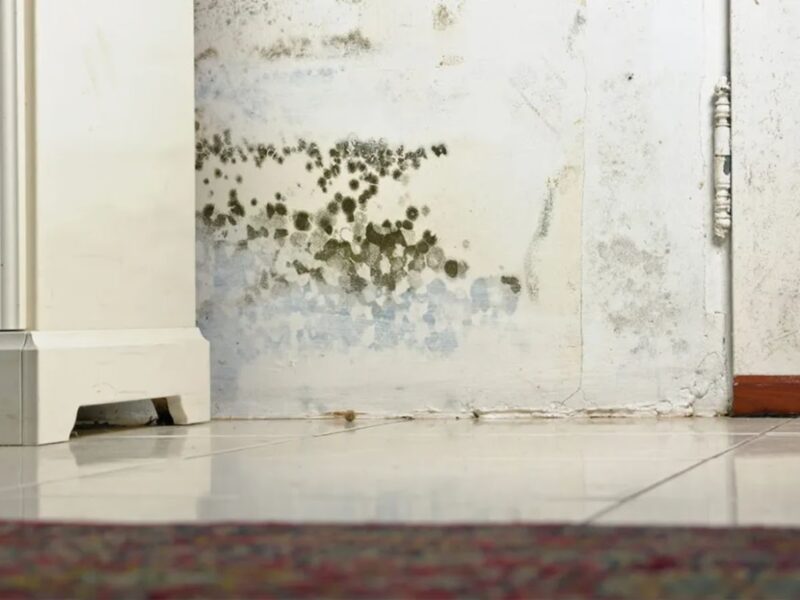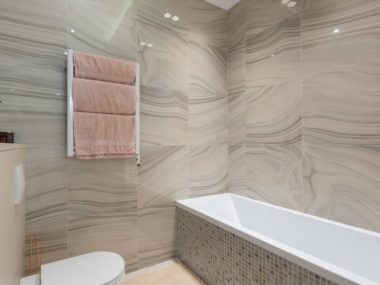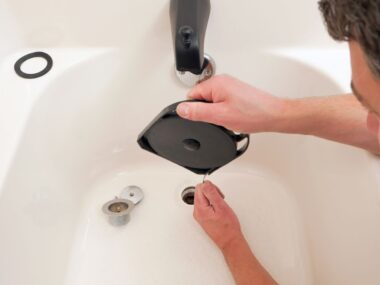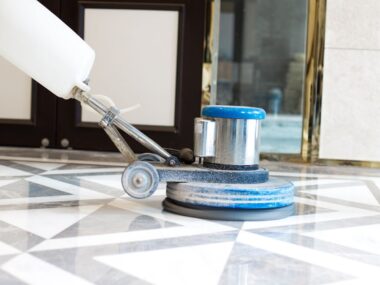Mold can be a serious problem in any home, and it’s important to know how to deal with it effectively. This guide will teach you everything you need to know about mold removal, including the best methods for getting rid of mold safely and permanently.With this information, you can keep your home healthy and free of mold for good!
What is mold and why is it a problem in homes
Mold is a type of fungi that can grow both indoors and outdoors, in damp or wet conditions. It typically appears as a dark green or blackish growth on surfaces, and can cause serious health problems if inhaled.
Exposure to mold can cause respiratory problems, allergic reactions, and even infections. In extreme cases, it can lead to death. That’s why it’s so important to remove mold from your home as soon as you see it.
The dangers of mold exposure and how to protect yourself
If you think you may have mold in your home, it’s important to take precautions to protect yourself and your family from exposure. First, try to avoid areas where mold is present. If you must go into a moldy area, wear a mask over your nose and mouth to avoid breathing in spores. You should also wear gloves and long-sleeved clothing to protect your skin from contact with mold. If you think you’ve been exposed to mold, be sure to wash your skin and clothes as soon as possible.
Inhaling mold spores can cause a number of serious health problems, including:
- Respiratory problems: Mold can cause asthma attacks, bronchitis, and other respiratory problems. If you have asthma or another respiratory condition, exposure to mold can be particularly dangerous.
- Allergic reactions: Many people are allergic to mold. Symptoms of a mold allergy include sneezing, coughing, runny nose, itchy eyes, and skin rash.
- Infections: Mold can cause serious infections in people with weakened immune systems. These infections can be difficult to treat and can sometimes be fatal.
If you think you or a family member may have a mold allergy, be sure to see a doctor for diagnosis and treatment.
How to identify mold in your home
Mold can grow anywhere in your home where there’s moisture, including: In the bathroom: Look for mold on ceilings, walls, floors, and in showers, bathtubs, and sinks. Mold loves to grow in damp, warm places like these. In the kitchen: Check under sinks, around appliances like refrigerators and dishwashers, and in cabinets for mold growth.
In the basement: Basements are often damp and humid, making them a prime spot for mold to grow. Check for mold on walls, floors, ceilings, and in storage areas. Mold can also be found outdoors, growing on porch steps, decks, fences, and other outdoor surfaces.
How to treat mold on wood
If you find mold on wood surfaces in your home, there are a few different ways you can remove it. You can use a store-bought mold cleaner, or make your own with vinegar and water. You can also scrub the mold away with a stiff brush. Once you’ve removed the mold, be sure to clean the area thoroughly with soap and water. You may also want to disinfect the area with a bleach solution.If the mold is growing on painted surfaces, you’ll need to be careful not to damage the paint while you’re cleaning. Use a mild cleaner and scrub gently to avoid damaging the paint.
How to prevent mold growth in your home
The best way to prevent mold growth is to keep your home clean and dry. Be sure to fix any leaks in your roof, windows, or pipes as soon as possible. Use a dehumidifier in damp areas like the basement or bathroom, and open doors and windows to allow air to circulate throughout your home.
Cleaning up mold can be a difficult and dangerous task. If you’re not sure how to handle it, be sure to call a professional mold removal company. They will have the experience and equipment necessary to safely remove mold from your home.











